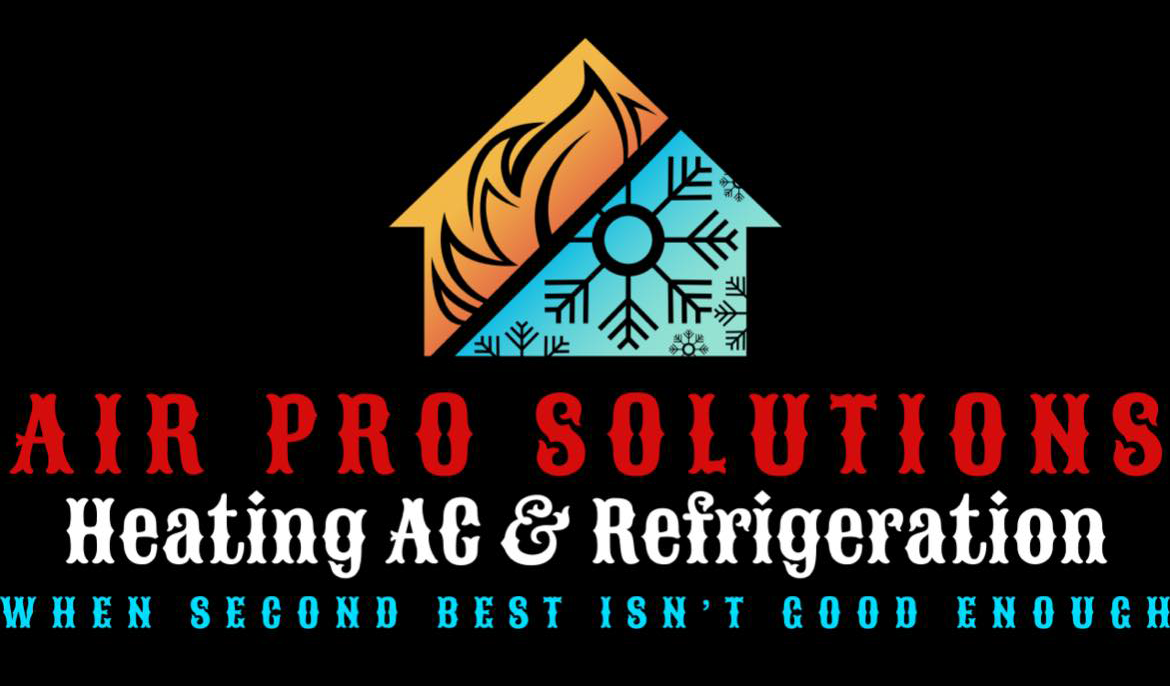FAQ
System Maintenance & Service
How often should I service my HVAC system?
You should service your HVAC system at least once a year. If you have both a furnace and an air conditioner, each should be serviced separately, typically in the fall and spring. Heat pumps, which run year-round, should be serviced twice a year.
How often should I check my air filter?
You should check your air filter every month, especially during peak usage times like summer and winter.
How often should I clean my air filter?
Cleaning frequency depends on the type of filter. Some filters are disposable and should not be cleaned, while others, like reusable filters, should be cleaned every 1-3 months.
How often should I replace my air filter?
You should replace your air filter every 30-90 days, depending on the type of filter and your home's conditions, such as the presence of pets or allergies.
Should I have my air ducts cleaned?
Air ducts should be cleaned every 3-5 years, or more frequently if you notice dust buildup, mold, or if you have allergies or respiratory issues.
System Selection & Installation
What is the warranty like on a new HVAC system?
Warranties on new HVAC systems vary by manufacturer and model. Generally, they include a base limited warranty for parts, which can last around 5 years, and a registered limited warranty that extends coverage if the product is registered within a certain period, usually 60 days. Some manufacturers also offer extended warranties.
Which HVAC system is right for my home?
Choosing the right HVAC system depends on several factors, including your home's size, insulation, climate, and your specific needs. Common options include split systems, hybrid systems, ductless systems, and packaged systems. Consulting with an HVAC professional can help you determine the best fit.
How do I know if I need a new heater or air conditioner?
Signs that you might need a new heater or air conditioner include frequent repairs, rising energy bills, inconsistent temperatures throughout your home, strange noises coming from the unit, and the system being over 10-15 years old.
What size heating and air conditioning system do I need?
The size of your HVAC system should be based on a load calculation, which considers factors like your home
s square footage, insulation, and climate. An HVAC professional can perform this calculation to ensure you get the right size system.
What type of heating and air conditioning system should I get?
The type of system depends on your specific needs and preferences. Options include central air systems, ductless mini-splits, heat pumps, and more. Consulting with an HVAC professional can help you choose the best system for your home.
What is the best way to heat and cool my home?
The best way to heat and cool your home depends on your climate, home size, and personal preferences. Options include central air systems, heat pumps, and ductless mini-splits. Energy efficiency and cost-effectiveness should also be considered.
What is better: Gas, Electric, or Oil for heating?
Each fuel type has its pros and cons. Gas is typically more cost-effective and efficient, electric systems are easier to install and maintain, and oil systems can be more powerful but require more maintenance. Your choice depends on availability, cost, and personal preference.
Indoor Air Quality
What is the proper indoor humidity level?
The ideal indoor humidity level is between 30% and 50%. This range helps maintain comfort and prevents issues like mold growth and static electricity.
Why do I need a humidifier?
A humidifier adds moisture to the air, which can help alleviate dry skin, respiratory issues, and static electricity, especially in winter when indoor air tends to be drier.
How do I know if my air quality is bad?
Signs of poor air quality include persistent odors, dust buildup, respiratory issues, and visible mold. You might also notice increased allergy symptoms or frequent headaches.
How do I know if my air quality is bad?
Signs of poor air quality include persistent odors, dust buildup, respiratory issues, and visible mold. You might also notice increased allergy symptoms or frequent headaches.
How can I check or test my air quality?
You can check your air quality using home air quality monitors, which measure pollutants like VOCs, particulate matter, and humidity levels. Professional air quality testing services can also provide a comprehensive analysis.

